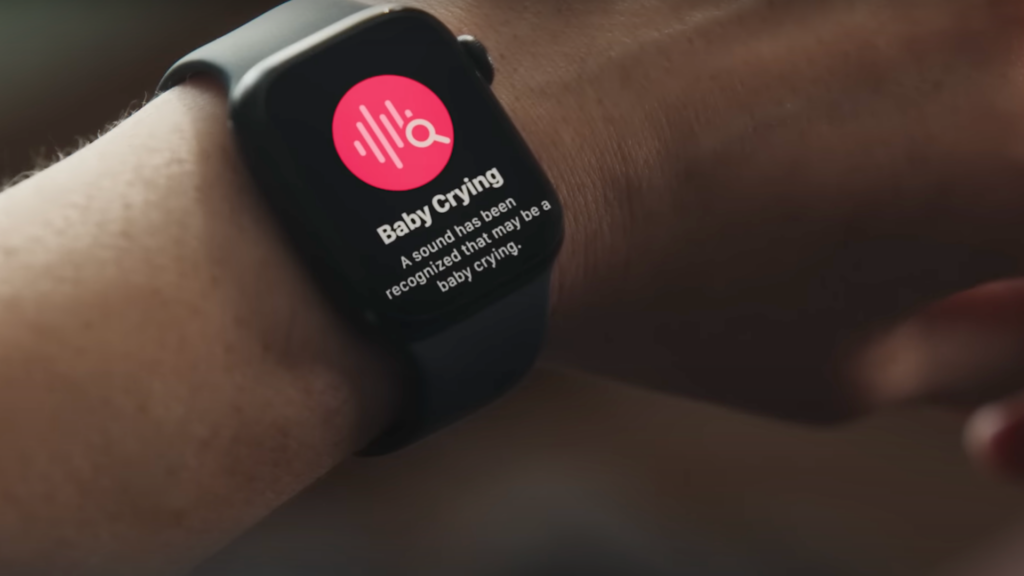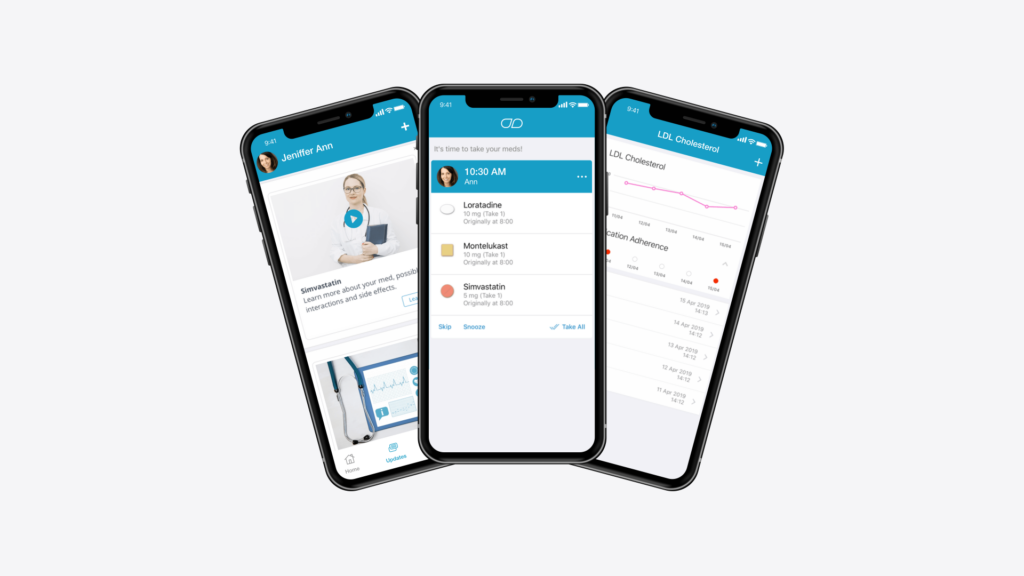Consumerization of Healthcare Series: Shifting from Products to Patients (ed.#1)
The pharmaceutical industry has historically focused on developing and marketing products to treat specific diseases or conditions. This approach often viewed patients as passive treatment recipients with limited involvement in their healthcare journey.
While the consumerization of healthcare empowers patients to take a more active role in their health and well-being, demanding personalized solutions and shared decision-making with healthcare providers, the most significant aspect is the emphasis on the overall patient experience, extending beyond just consultation and medication.
This broader focus is where technology is causing disruption, not by changing the core work of pharmaceutical companies in creating and selling drugs but by enhancing the overall patient experience and ensuring a higher quality of care.
This trend emphasizes the individual patient’s needs and preferences and is driven by several factors, including increased access to information and a growing awareness of health and well-being.

Technology plays a pivotal role in this transformation. Firstly, it decentralizes care by providing patients with health apps, wearables, and telehealth options. This shift towards collaborative decision-making empowers patients in their health journeys.
Additionally, technology can offer broader access to healthcare regardless of location, while personalized care plans can enhance treatment efficacy.
Consumerization may contribute to reduced healthcare costs by promoting preventive measures and early interventions.
Furthermore, the enormous volumes of technology-generated health data enable potential breakthroughs, from personalized medicine to AI-driven drug discovery, revolutionizing treatment approaches. These changes are converging factors: the explosion of mobile technology, the advent of AI, growing patient frustration with traditional healthcare systems, and the COVID-19 pandemic normalizing telehealth.
The transformation marks an unmistakable shift in healthcare’s center of gravity – moving away from products alone and towards the patient as the driving force. Pharma companies, big tech players, and innovative digital companies converge in this new ecosystem.
Those who embrace this collaboration, finding ways to put patient needs and experiences at the heart of innovation, will be best positioned to thrive.
This requires the development of effective treatments, a commitment to holistic solutions, and the enabling technologies that pave the way for genuinely patient-centric care.
Focusing on patient engagement and empowerment can improve health outcomes and patient satisfaction.

Case 1
PillPack (US)
The Patient Experience Revolution: Lessons from Amazon's PillPack
Brief Description
PillPack is an online pharmacy that revolutionized medication management by pre-sorting prescriptions into individual packets marked with dosage and time, eliminating confusing pill bottles and boxes. In addition, PillPack offers home delivery and seamless coordination with insurers.
Amazon’s acquisition of PillPack in 2018 signals a significant disruption in the pharmacy industry. It capitalizes on the convenience trend while acquiring valuable consumer health data.
This move aligns with the broader shift towards home-based healthcare, positioning Amazon as a significant player in the evolving healthcare landscape.
Why is it significant?
PillPack’s model, with its unwavering focus on consumer experience, inspires us to prioritize patient needs as deeply as drug development.
Amazon’s success spotlights the potential of tech-pharma partnerships to revolutionize healthcare. This underscores the importance of data-driven insights for understanding patient behavior and drives our commitment to becoming a more Tech-forward company.
PillPack’s model also disrupts pharmaceutical branding by eliminating individual drug packaging and brand messaging.
PillPack’s value proposition centers on the convenience of presorted medication
and simplified refills, two known “patient pay-points” in their experience with medication.

Amazon will only partially replace the patient-pharma relationship. However, this disruption forces a rethinking of what that relationship looks like, and the value proposition pharma companies must provide.
Pharma companies must find ways to participate in their patients’ whole experience by identifying opportunities to provide closer, more personalized, and convenient solutions for their patients’ pain points.
Building trust, providing patient education, and fostering loyalty become even more critical.
Critical challenges for the pharmaceutical industry arise with the dominance of distribution platforms. Pharma companies must consider how they can maintain brand recognition and patient trust in this landscape.
This involves exploring new branding strategies that emphasize their commitment to innovation and the broader healthcare journey beyond just individual medications.
Case 2
The Greatest, Apple (Global)
An Award Winning Campaign that is a Masterclass in Disruptive Healthcare Empowerment
Brief Description
Apple’s “The Greatest” commercial is a stunning display of consumer empowerment within healthcare. The ad features diverse individuals using Apple technology to overcome obstacles related to vision, hearing, mobility, and cognitive difficulties.
Beyond mere product promotion, the spot paints a powerful vision of how technology can be a transformative force in the lives of those with disabilities. The disruptive element lies in its shift from a traditional medical model centered on limitations; instead, it celebrates assistive technologies as tools for independence, creativity, and breaking down barriers.
Images of users singing with sign language on FaceTime, confidently navigating with an Apple Watch, or editing videos with Zoom functions redefine what it means to live with a disability. The focus is not on fixing the person but on empowering them to live fully and express themselves on their terms.

Why is it significant?
It challenges us to look beyond our immediate products and consider broader patient journeys. How can we embrace a mindset of enabling rather than simply treating? Apple’s “The Greatest” reminds us of the profound emotional impact of solutions that give patients agency and control.
This campaign demonstrates the importance of inclusive storytelling as a pathway to brand loyalty and societal change.
When consumers see themselves reflected in positive, empowering narratives, it deepens their connection to a brand and its values.
Case 3
Medisafe (Global)
The Power of a Patient-Centric Tech Approach
Brief Description
Medisafe is a leading medication management app boasting millions of users worldwide. It plays a pivotal role in healthcare transformation by empowering patients to take greater control over their health regimens.
Features like medication reminders, drug interaction alerts, and refill notifications help users stay on track with their treatments, leading to improved adherence and potentially better health outcomes.
What’s behind this is the growing trend of consumerization in healthcare. Patients are no longer passive recipients of care; they want proactive tools and information to be active partners in managing their health and well-being.

Why is it significant?
Medisafe highlights the importance of understanding patient pain points, such as forgetting medication doses or struggling with complex regimens.
Apps like Medisafe directly address these pain points, creating real user value.
Secondly, it demonstrates the power of collaboration.
Medisafe often partners with pharma companies to provide tailored support and resources.
This partnership exemplifies the benefits of working together to create solutions that truly improve patient experiences and health journey outcomes.
Key Takeaways:
our cut ABBOVE
We saw
The traditional product-centric approach in pharma is fading due to the patient empowerment driven by the consumerization of healthcare.
Patient Experience Takes Center Stage: PillPack simplifies medication management, while Apple’s “The Greatest” campaign showcases assistive technology’s power to empower.
Patients are demanding personalized solutions and shared decision-making with healthcare providers.
Tech as an Enabling Force: apps like Medisafe demonstrate how technology addresses real patient pain points and improves healthcare access.
A New Healthcare Ecosystem: pharma companies are no longer the sole drivers; collaboration with tech giants and digital innovators is key to this transformation.
We learned that
Become Even More Patient-Obsessed: put patient needs and experiences at the heart of all innovation, not just the development of the drug itself.
Embrace Tech-Driven Solutions: explore how technology can improve the entire patient journey, from adherence to providing access and support.
Think Beyond the Pill: consider a broader definition of healthcare that empowers patients through tech partnerships and patient-centric business models.
Forge Strategic Partnerships: Collaborate actively with tech players and digital innovators for greater impact. Focus on where pharma expertise and tech capabilities meet to truly benefit patients.
Invest in Telling Compelling Stories: showcase the transformative potential of solutions and celebrate the patient stories these technologies enable.
Develop new marketing skills and strategies: embrace digital marketing, patient engagement, and data-driven decision-making.
Build long-term relationships with patients: focus on education, support, and co-creating care plans and journeys.
This encourages us
Become Even More Patient-Obsessed: put patient needs and experiences at the heart of all innovation, not just the development of the drug itself.
Embrace Tech-Driven Solutions: explore how technology can improve the entire patient journey, from adherence to providing access and support.
Think Beyond the Pill: consider a broader definition of healthcare that empowers patients through tech partnerships and patient-centric business models.
Forge Strategic Partnerships: Collaborate actively with tech players and digital innovators for greater impact.
Focus on where pharma expertise and tech capabilities meet to truly benefit patients.
Invest in Telling Compelling Stories: showcase the transformative potential of solutions and celebrate the patient stories these technologies enable.
Develop new marketing skills and strategies: embrace digital marketing, patient engagement, and data-driven decision-making.
Build long-term relationships with patients: focus on education, support, and co-creating care plans and journeys.
Triggers for innovating
What if we created AI-powered chatbots that provide tailored health information and support between doctor visits?
How might we utilize the consumerization of healthcare to address gaps in health equity?
How can Pharma bridge a gap with patients’ pay points, providing a more holistic total experience?
What If patient communities have greater access to information and support, leading to a more equitable distribution of care?
How can we leverage consumer-driven data to identify and address disparities in treatment access?
What if our packaging included interactive elements that guide medication adherence or connect to on-demand support (AR, AI)?
How might we streamline drug development by integrating patient insights and real-world data?
What If increased patient engagement early in the research process leads to more tailored and effective clinical trials?
What if we collaborated with gaming companies to develop engaging health education tools and disease management simulations?
How can we use technology to enhance communication between patients and researchers, potentially accelerating the drug development timeline?
What if patient-centric initiatives lead to new insights that fuel innovation in drug discovery?
ABBOVE TEAM